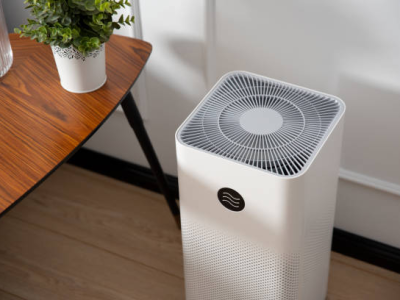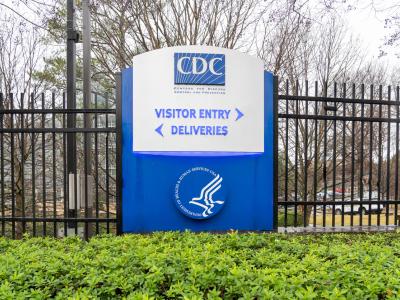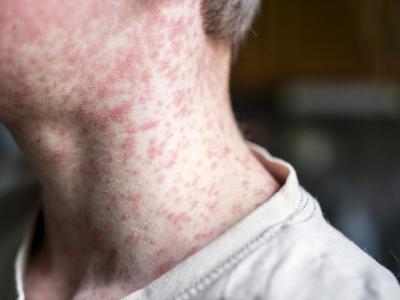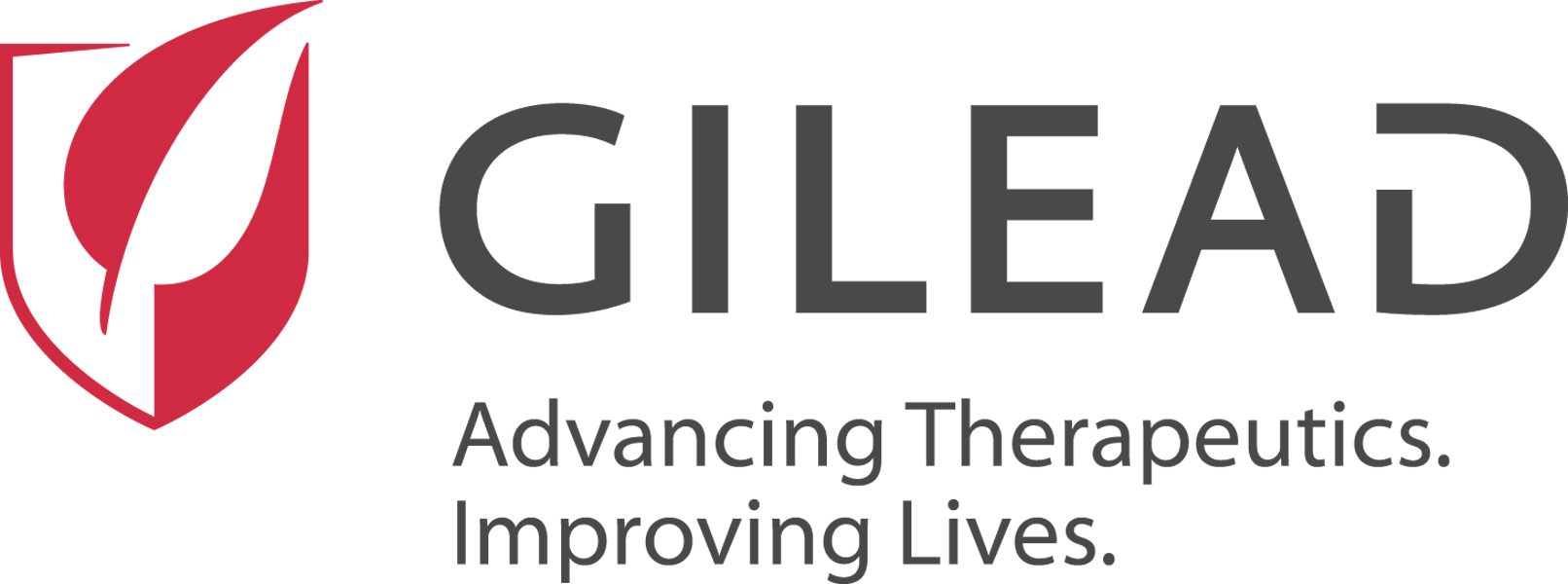Our weekly wrap-up of antimicrobial stewardship & antimicrobial resistance scans
Extensively drug-resistant Klebsiella pneumoniae strains detected in Italy
Two extensively drug-resistant strains of Klebsiella pneumoniae identified in two patients at an Italian hospital in May appear to be a dangerous variant of a strain that caused an outbreak in Tuscany in 2018 and 2019, Italian scientists reported yesterday in Eurosurveillance.
The strains of K pneumoniae carrying the blaNDM gene were isolated from two critically ill patients at University Hospital Pisa and were resistant to all tested antibiotics, including colistin, fosfomycin, and tigecycline.
Genomic analysis indicated that both strains belonged to the ST147 sequence type, which is the same sequence type as the NDM-1-producing K pneumoniae clone that caused a large outbreak in Tuscany in 2018-2019 and infected or colonized more than 300 patients at the same hospital. The outbreak clone was resistant to all beta-lactam antibiotics but susceptible to colistin, fosfomycin, and tigecycline.
A comparison of the ST147 K pneumoniae isolates from the two patients with isolates from the earlier outbreak showed the sequences formed a cluster, but the 2020 isolates harbored an NDM-9 gene containing additional resistance mutations. The authors of the report say the new variant likely emerged from a subgroup of highly related strains from the 2018-2019 outbreak and will be more challenging for clinicians to treat because of its resistance to additional antibiotic classes.
"The persistence of K. pneumoniae ST147 isolation suggests that this clone can be considered as endemic in the Pisa University Hospital and there is risk of spread to other hospitals in Tuscany and elsewhere," the authors wrote. "Several actions, such as systematic screening of hospitalised patients, contact precautions, and cohorting of colonised/infected patients are ongoing to contain the spread of this clone."
Dec 3 Euro Surveill rapid communication
Higher-than-expected antibiotic prescribing during UK COVID lockdown
Originally published by CIDRAP News Dec 2
Telephone consultations could be the reason why antibiotic prescribing at general practices in the United Kingdom was higher than expected during the first COVID-19 lockdown, researchers with the University of Nottingham reported yesterday in the Lancet Infectious Diseases.
Examination of National Health Service data from Apr 1 to Aug 31 showed that while the number of face-to-face appointments fell by 51.5% compared with the corresponding period in 2019, telephone consultations increased by 270.5%. The absolute number of appointments was 20.8% lower than in the corresponding period in 2019.
Based on the reduction in the absolute number of appointments, the researchers determined that the 15.5% decrease in antibiotic prescribing in 2020 was still 6.7% higher than expected. They suggest this finding indicates antibiotic prescribing rates are higher in remote consultations than during in-person consultations.
"This increase could reflect the greater diagnostic uncertainty that results from an inability to examine patients and perform investigations during telephone appointments, which might lead clinicians to take greater precautions in cases of possible infection," the authors wrote.
The authors also said that with telephone consultation volumes remaining high during the pandemic, clinicians need support to use antibiotics appropriately.
Dec 1 Lancet Infect Dis correspondence
CARB-X to fund treatments for S aureus pneumonia, Pseudomonas
Originally published by CIDRAP News Dec 1
CARB-X today announced two new funding awards for German scientists working on therapies for difficult-to-treat bacterial infections.
The first award, worth up to $1.33 million, will go to researchers from the Helmholtz Centre for Infection Research (HZI) and the Lead Discovery Center GmbH for development of a small molecule that inhibits the Staphylococcus aureus toxin a-hemolysin, which damages lung tissue and immune cells. The drug would be used in combination with antibiotics to treat pneumonia caused by S aureus.
"We urgently need better treatment options for patients with pneumonia caused by S. aureus," Mark Bronstrup, lead researcher and head of chemical biology at the HZI, said in a CARB-X press release. "In the long term, however, we will not achieve this by killing the pathogens with antibiotics alone. Instead, we need preventive or accompanying therapies that prevent damage to the lungs by bacterial toxins."
Bronstrup and colleagues could be eligible for an additional $7.44 million from CARB-X (the Combating Antibiotic Resistant Bacteria Biopharmaceutical Accelerator) if the project meets certain milestones.
Another team of HZI researchers will receive $6.31 million from CARB-X to develop an innovative treatment for Pseudomonas aeruginosa infections in cystic fibrosis patients.
Since its launch in 2016, CARB-X has awarded more than $260 million for pre-clinical development of new antibiotics, vaccines, diagnostics, and other treatments for bacterial infections. There are currently 49 active projects focused exclusively on drug-resistant bacteria in the CARB-X portfolio.
Dec 1 CARB-X press release
GARDP announces joint effort on antibiotics, diagnostics for STIs
Originally published by CIDRAP News Dec 1
The Global Antibiotic Research and Development Partnership (GARDP) yesterday announced the signing of a memorandum of understanding with the Foundation for Innovative New Diagnostics (FIND) and the World Health Organization (WHO) to explore joint efforts that could improve sustainable access to antibiotics and protect them against the emergence of resistance.
The initial focus of the groups will be on sexually transmitted infections (STIs), including drug-resistant gonorrhea, which the WHO has identified as a priority infection urgently requiring new antibiotics. Their efforts will focus on strengthening STI case management by fostering access to new tests and treatments, evaluating public health needs for new diagnostic tests and treatments for gonorrhea, assessing appropriate use and stewardship of antibiotics, and defining strategies to monitor and delay the emergence of resistance to gonorrhea treatments.
GARDP is currently working with partners to develop a new treatment for gonorrhea, while FIND is working on rapid point-of-care diagnostics for gonorrhea, including tests that detect resistance. Both efforts have been aided by the WHO.
Nov 30 GARDP press release
Experts develop research agenda for pediatric infections, stewardship
Originally published by CIDRAP News Nov 30
A group of clinicians and researchers with expertise in pediatric healthcare-associated infections (HAIs) and antimicrobial stewardship has developed a list of high-priority research topics for improving health outcomes in children.
Published last week in Infection Control and Hospital Epidemiology, the list of recommendations was developed through a multistep, 7-month process that included literature review, interactive teleconferences, web-based surveys, and two in-person meetings. At the end of the process, experts from the Centers for Disease Control and Prevention and academic children's hospitals across the country came up with six HAI topics and six antimicrobial stewardship topics as high-priority targets for future research.
The authors of the paper say the research agenda is necessary because HAI rates in children are similar to those in adults, but pediatric HAIs differ significantly from those experienced by adults, and HAI prevention strategies developed and tested in adult settings cannot be easily implemented in pediatric settings. In addition, while general principles of antimicrobial stewardship are shared across patient populations and settings, there are important differences between adult and pediatric patients that need further investigation.
The six high-priority HAI topics included judicious testing for Clostridioides difficile infection, chlorhexidine bathing, measuring and preventing hospital bloodstream infection rates, surgical-site infection prevention, and surveillance and prevention of multidrug-resistant gram-negative rod infections.
The six antimicrobial stewardship topics included beta-lactam allergy de-labeling, judicious use of perioperative antibiotics, intravenous-to-oral conversion of antimicrobial therapy, developing a patient-level "harm index" for antibiotic exposure, and benchmarking and/or peer comparison of antibiotic use in common pediatric inpatient conditions.
Nov 26 Infect Control Hosp Epidemiol abstract









